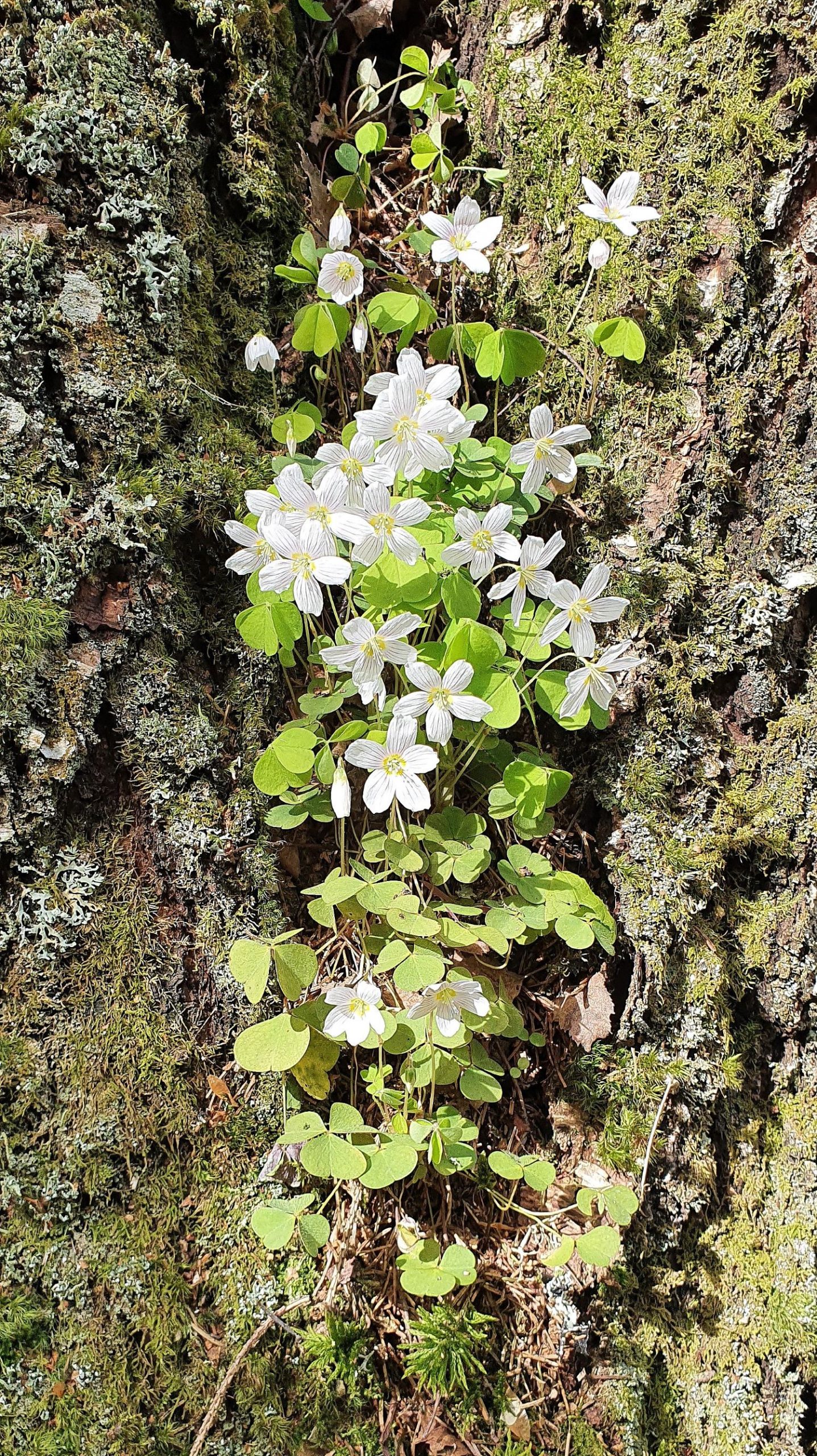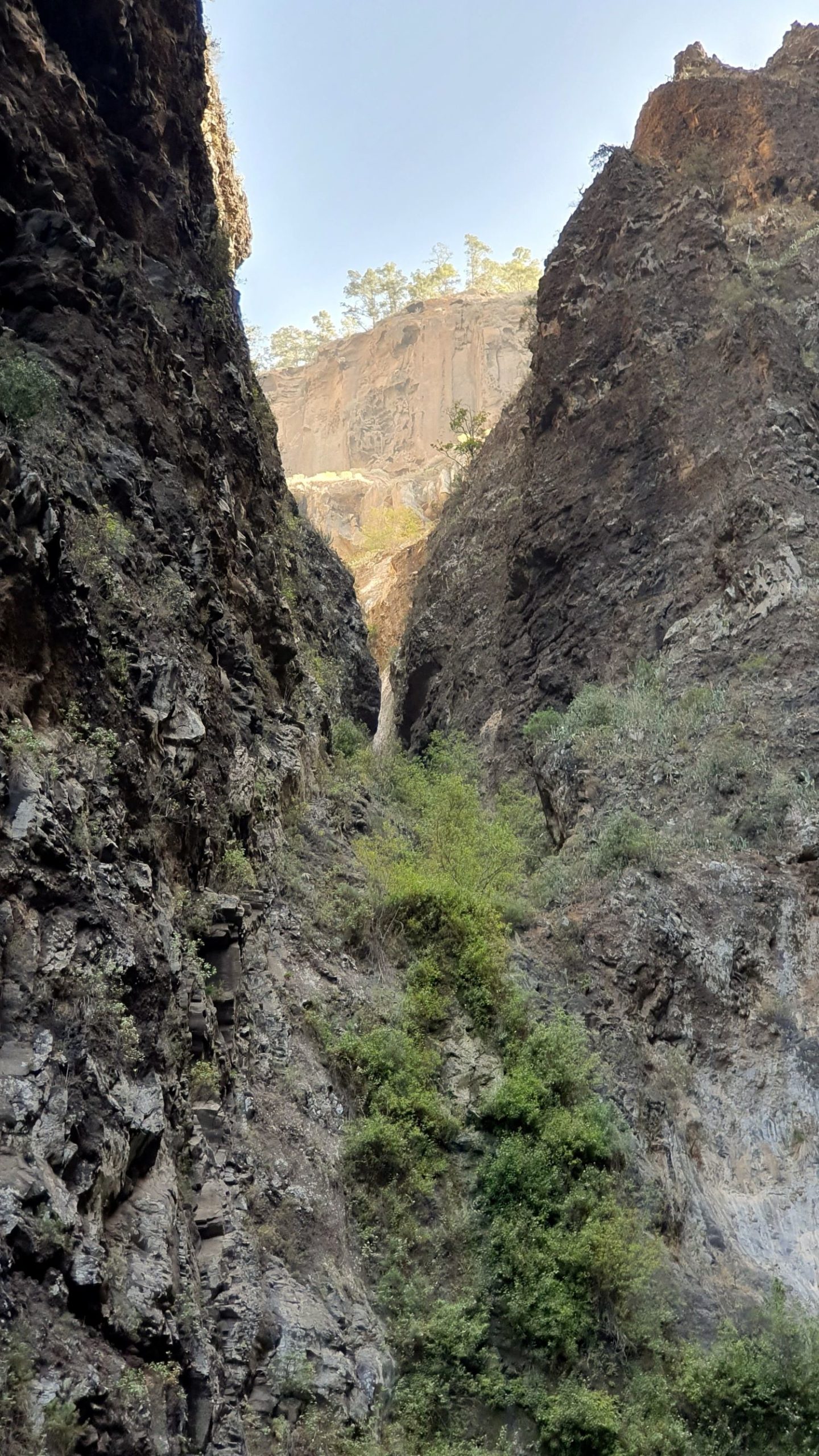We saw, we nail, we carry, and we lift. We have a very varied job; it will never be boring!

The work on maintaining hiking trails continues, a lot of chainsaw for us but it makes it easier for the visitors. Enjoying the same view during lunch as the lynx did last winter.

New picnic table to the nature reserve Abborrtjärnsberg. Rough lumber and heavy to handle, lucky that we have tools and machines to our aid.

Up in the mountains, the vipers are rarely gray (male), they are usually very dark, almost black and the zigzag line on their back is barely visible. The females, on the other hand, are brown. This charming lady we found because she was hissing so loudly as we passed her resting place.

The work with the golden eagle has now gone over to the control of known nest to see if there are youngsters. So far, we have found two successful breeding’s, with one kid in each nest.
Unfortunately, our biggest golden eagle nest had fallen during the recent storm. Lots of fresh twigs, grass and other tree material indicate that nesting was in progress when it happened. We found neither eggs nor chicks in the remains of the nest, perhaps a marten or fox had cleaned up after the accident.
If you know how big the key is for a Toyota Hilux, then you also understand how big a feather from an adult gold eagle is.

The hot and dry summer 2018 gave rise to drying stress on many spruces, they became weakened and an easy replacement for the bark beetle. They have become very numerous and if the summer gets hot and dry this year, we fear an unusually large attack from bark beetles.


Small piles of brown powder show where the larvae are. The only way to prevent them from becoming adult bark beetles that swarm and create even more bark beetles… is to remove the bark.
First, twig the trees and cut it at the root. Then remove the bark using tools from the beginning of the century. It is a heavy and hot work in the summer heat.

Usually we do not care about bark beetles in protected areas, they are part of the ecology. This year, however, the government has asked us to look at it a little extra, if there is a major attack, we do not want it to hit surrounding forests.







































